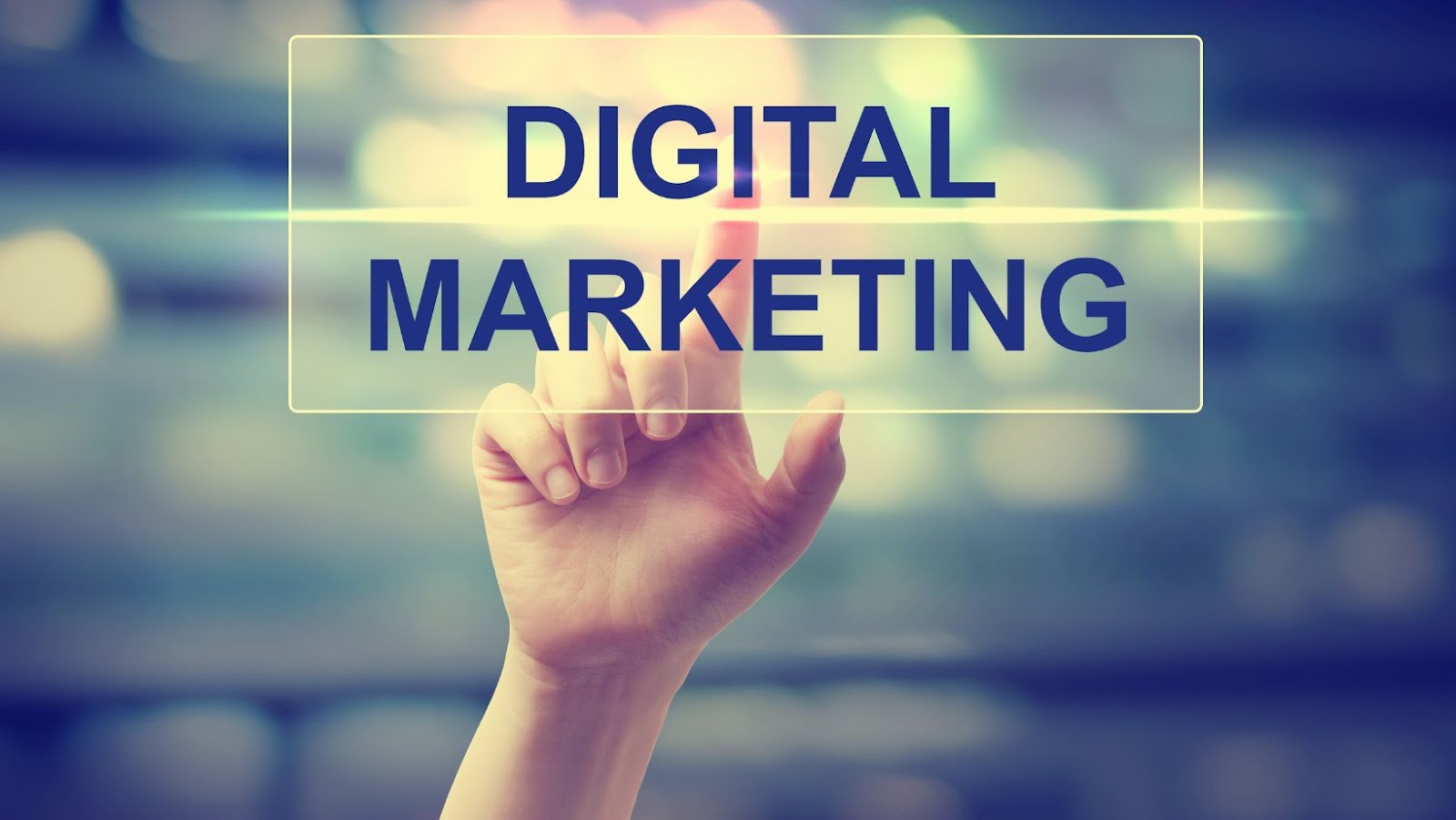 Digital Marketing Communications
Digital Marketing Communications
Digital marketing communications command an undebatable position in today’s commercial landscape. It is the driving force of establishing productive interactions between businesses and their customers. Modern businesses anchor their marketing strategies on digital communications, recognizing its ability to reach vast audiences swiftly and effectively. For instance, a single social media post can engage millions, giving businesses unparalleled access to potential customers.
Digital marketing communications incorporate varied components, each serving unique roles in connecting businesses with their prospective audiences. Primary among these are social media marketing, content marketing, Search Engine Optimization (SEO), email marketing, and mobile marketing.
These components intertwine, creating a robust digital communication network:
- Social Media Marketing: Platforms such as Facebook, Instagram, and Twitter provide businesses with an avenue to share information, respond to customer inquiries, and promote their goods or services. For instance, Nike uses its social media presence to showcase new products and respond to customer feedback.
- Content Marketing: This involves creating and sharing valuable content to attract a defined audience. An example is Hubspot’s blog, offering informative articles on various aspects of inbound marketing.
- Search Engine Optimization: SEO practices optimize business websites, increasing their visibility on search engines to attract more organic traffic. For instance, Airbnb leverages SEO by incorporating keywords related to travel and accommodations in its content.
- Email Marketing: Email campaigns allow businesses to send targeted messages to subscribers, promoting products, sharing news, or offering exclusive discounts. Amazon’s tailored email promotions are a prime example.
- Mobile Marketing: With the increased use of smartphones, mobile marketing tactics, such as SMS marketing, are on the rise. Companies like Dominos use SMS campaigns to offer exclusive deals to mobile users, exemplifying the effectiveness of this approach.
Navigating digital marketing communications serves to arm businesses with effective tools for customer engagement and business growth. From here on, the focus of discussion will transition to perfecting these strategies for maximum benefit.
 The Evolution of Digital Marketing Communications
The Evolution of Digital Marketing Communications
Delving into the metamorphosis of digital marketing communications unveils its journey from traditional marketing techniques to digital channels. This section discusses crucial milestones that have shaped the landscape of digital marketing. With the advent of the Internet in the early 1990s, the marketing arena underwent a significant shift, embracing digital communications. Brands started to leverage websites, and later social media platforms, to interact directly with consumers, promote their products, and collect customer feedback. Traditional techniques took a backseat while online advertising, search engine optimization, and email marketing rose to prominence.
Significant developments have punctuated the evolution of digital marketing communications.
- Advent of the World Wide Web: This major event in the early 1990s signaled the beginning of digital marketing, allowing businesses to create websites and reach out to a global audience.
- Emergence of Search Engines: In the mid-1990s, search engines like Yahoo and Google emerged, enabling brands to optimize their online presence and attract targeted traffic.
- Birth of Social Media: The early 2000s saw the rise of platforms like Facebook and Twitter. Brands quickly adopted these to interact with consumers directly, creating a more personalized marketing experience.
- Mobile Marketing: The launch of the iPhone in 2007 opened the floodgates to mobile marketing, allowing brands to engage with consumers on the go.
- Rise of Data Analytics: With the surge in data generation, analytics became crucial for interpreting consumer behavior and tailoring marketing strategies accordingly.
Each of these milestones has played an indispensable role in molding digital marketing communications into the powerhouse it is today.
 Core Strategies in Digital Marketing Communications
Core Strategies in Digital Marketing Communications
Digging into the nerve center of digital marketing communications, let’s dissect core strategies vital in mastering the digital landscape. The focus pivots majorly around three areas, namely Search Engine Optimization (SEO), Social Media Marketing, and Email Marketing.
SEO holds the reins of online visibility. It’s the process of enhancing a website to improve its standing in search engine results, intending to increase organic traffic. Take, for example, the approach adopted by an organic food company that optimized their website with content carrying relevant keywords, like “organic fruits,” increased their website’s visibility on Google’s search results. This tactic resulted in an upsurge in website traffic and boosted sales.
The realm of social media marketing offers marketers unfettered access to extensive networks of engaged consumers. Facebook, Twitter, Instagram, YouTube – these platforms provide a goldmine of marketing opportunities. Taco Bell leveraged Twitter to establish an engaging voice and broadened their audience. They rolled out witty tweets and interactive posts, leading to an increase of their followers by 30% in a span of six months.
Belying it’s age, email marketing remains a powerful and cost-effective strategy in digital marketing communications. It’s a direct channel of communication between businesses and customers, nurturing relationships and driving conversions. Warby Parker, a renowned eyewear brand, knows this well. Implementing personalized email strategies, they’ve managed to turn potential leads into loyal customers, proving the undiminished significance of email marketing.